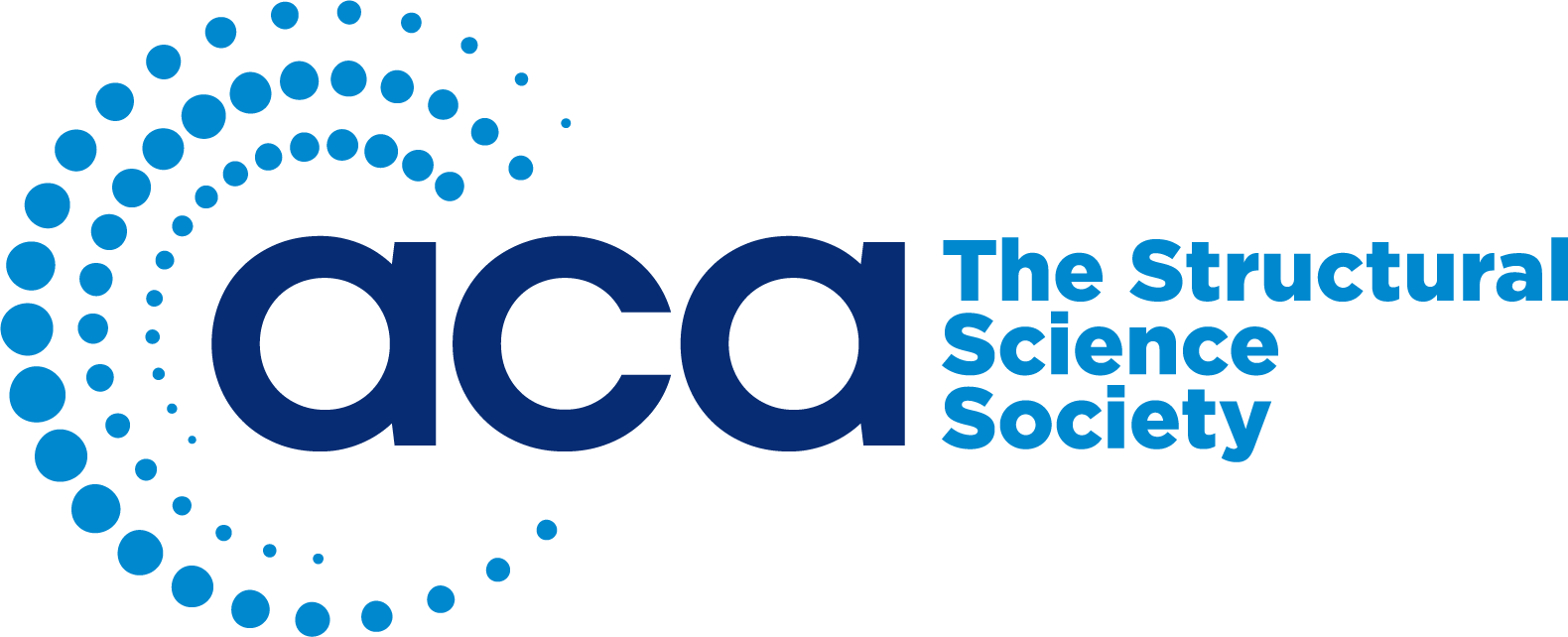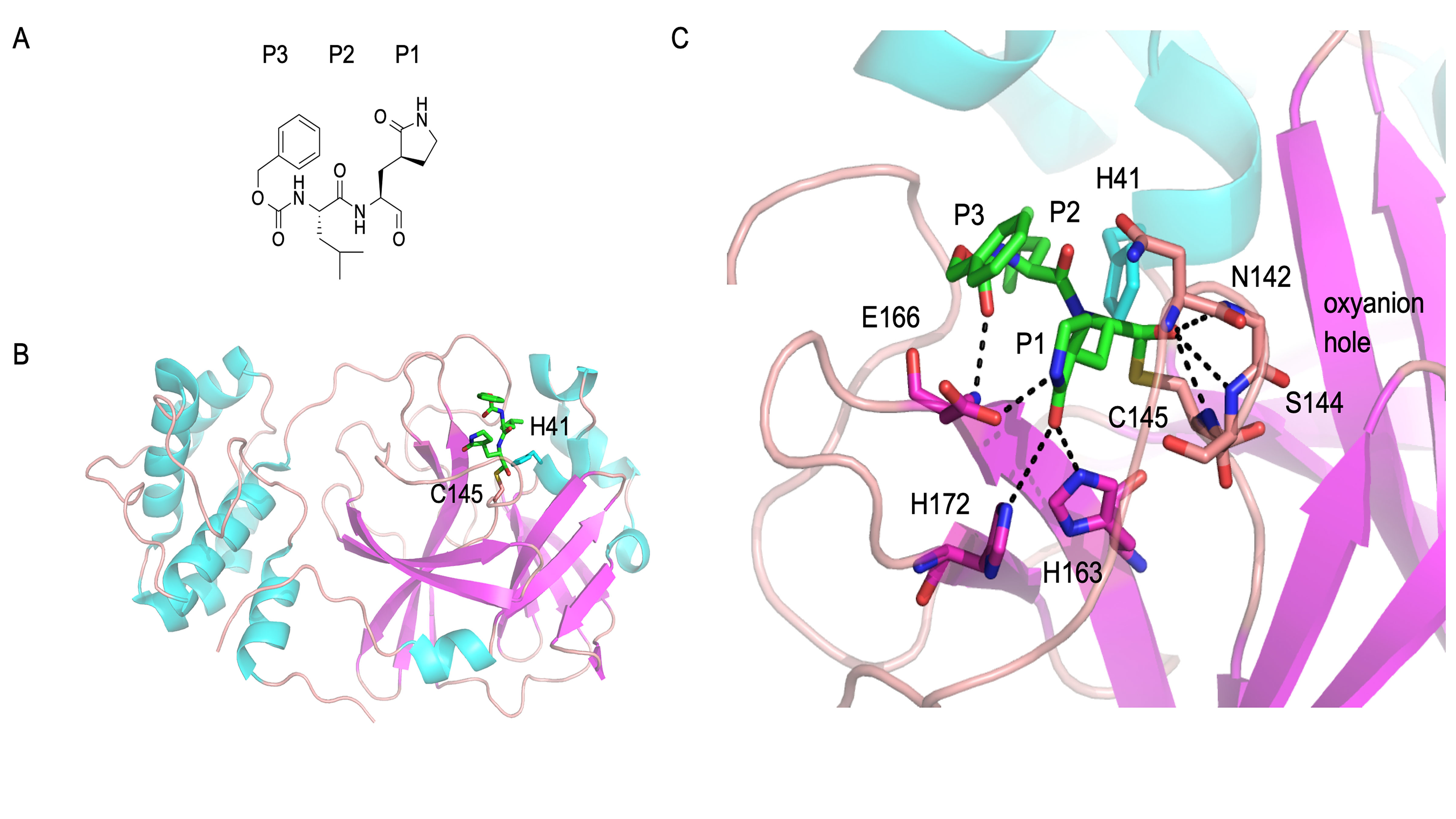- Home
- Structural Dynamics
- Structure
- Meetings & Activities
- Outreach & Education
- Meeting Awards & Grants
- Annual Meeting
- Excellence in Structure
- Reference Shelf
- Structural Perspectives
Press ReleaseCoronavirus Drug for Cats Has Potential Use for COVID-19 Virus in Humans“It is not surprising that a feline drug could be used to treat COVID-19”EMBARGOED for release until 1:45 p.m. Eastern (U.S.) on August 4, 2020 For More Information: BUFFALO, N.Y., August 4, 2020 -- A drug used to treat a coronavirus in cats could potentially work for humans to block the replication and spread of the virus causing COVID-19. Researchers at the University of Alberta said a protease, a specific enzyme that breaks down proteins, in SARS-CoV-2 can be targeted with a drug that is also used to treat feline infectious peritonitis, a fatal infection in cats caused by a coronavirus. The drugs, dipeptide-based protein inhibitors, could be used to slow or stop replication of the COVID-19 virus in humans. During the 70th Annual Meeting of the American Crystallographic Association, being held online Aug. 2-7, Joanne Lemieux, a professor in the department of biochemistry at the University of Alberta, will outline how the drugs are strong candidates for the treatment of human coronavirus infections, because they have already been successful in cats. “In cats, GC376 (the prodrug) converts to GC373 and was able to successfully treat cats with no toxicity. Of the 20 cats tested, 19 recovered,” Lemieux said. “The main protease in feline form of coronavirus and the virus associated with feline infectious peritonitis is highly homologous compared to the SARS-CoV2 protease associated with COVID-19.” Lemieux said the protease inhibitors are soluble and nontoxic. Experiments showed GC376 and GC373 were effective on the protease for both SARS-CoV and SARS-CoV-2. “Some parts of the viral genome are highly conserved among different subgroup of coronaviruses,” she said. “It is not surprising that a feline drug could be used to treat COVID-19, especially since this drug targets the main protease of the virus, which is highly conserved.” Lemieux said the work done across different departments at the university, chemistry, biochemistry, medical microbiology and immunology, lays the framework for human trials of this treatment. She said an application was submitted to the U.S. Food and Drug Administration by Anivive, a company that develops specialty pet medicines. “They are pursuing clinical trials in the U.S.,” she said. “We were recently awarded a grant to start trials here in Canada, pending approval. Anivive will help us with the clinical trial of GC376.”
The virtual session, “Structural insights into the feline coronavirus drug GC376, which inhibits the main protease of SARS-CoV-2 and blocks virus replication,” will be held Aug. 4 at 1:45 p.m. EDT. Media interested in viewing the virtual talk should contact [email protected] for access. ###
USEFUL LINKSMain meeting website: https://www.acameeting.com/ PRESS REGISTRATIONWe will grant free registration to credentialed journalists and professional freelance journalists. If you are a reporter and would like to view the virtual talks and sessions, contact [email protected]. For urgent requests, staff at [email protected] can help with setting up interviews and obtaining images, video or background information.
ABOUT ACAThe American Crystallographic Association was founded in 1949 through a merger of the American Society for X-Ray and Electron Diffraction (ASXRED) and the Crystallographic Society of America (CSA). The objective of the ACA is to promote interactions among scientists who study the structure of matter at atomic (or near atomic) resolution. These interactions will advance experimental and computational aspects of crystallography and diffraction. Understanding the nature of the forces that both control and result from the molecular and atomic arrangements in matter will help shed light on chemical interactions in nature and can therefore lead to cures for disease. See http://www.amercrystalassn.org.
|

 GC373 binds in the active site pocket of the coronavirus protease, SARS-CoV-2 Mpro (3CLpro). A) The feline drug GC373 is a small peptidyl-inhibitor. B) and C) GC373 (green) binds to the protease (blue and pink) with a covalent bond and it is further stabilized by interactions with other parts of the protease. CREDIT: Joanne Lemieux
GC373 binds in the active site pocket of the coronavirus protease, SARS-CoV-2 Mpro (3CLpro). A) The feline drug GC373 is a small peptidyl-inhibitor. B) and C) GC373 (green) binds to the protease (blue and pink) with a covalent bond and it is further stabilized by interactions with other parts of the protease. CREDIT: Joanne Lemieux


















